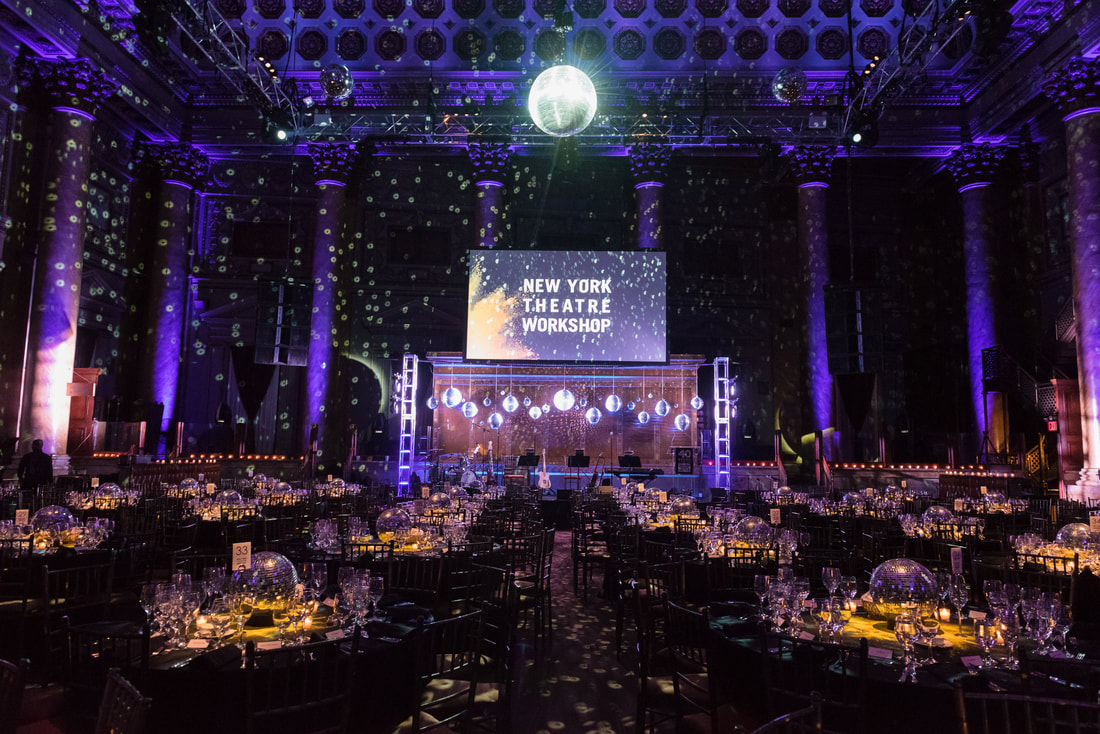Highlighting the Influence of Illumination Techniques on the Craft of Video Projection Mapping Techniques
Highlighting the Influence of Illumination Techniques on the Craft of Video Projection Mapping Techniques
Blog Article
Video mapping projection is an innovative creative medium that merges technology and creativity to convert common spaces into remarkable visual exhibits. This technique entails casting images and footage onto 3D objects, such as structures, artworks, or stages. One of the key crucial elements in creating successful mapping is the use of effective illumination methods. Proper lighting enhances the visual components of the display and guarantees that the visuals are crisp and engaging. This article examines the influence of illumination methods on video projection and how they can elevate the overall encounter.
Lighting plays a vital part in motion mapping because it sets the mood and tone of the display. Different lighting methods can evoke various feelings and responses from the audience. For instance, using soft, cozy lights can create a inviting environment, while bright, cold illumination may produce a more energetic or intense impact. By thoughtfully choosing illumination colors and brightness, artists can manipulate how viewers perceive the projected visuals, leading to a more engaging encounter. The equilibrium between mapping brightness and ambient light is essential, as it can significantly impact the clarity and effect of the images.
In addition to, color and intensity, the direction of light also influences the effectiveness of projection. Illumination from different directions can generate contrast and accents that introduce dimension to the mapped visuals. This look at this site method, known as chiaroscuro, can improve the 3D quality of the subjects being projected. Additionally, using dynamic lights can add dynamism to the exhibit, making the encounter more involving for the viewers. When the illumination collides with the mapped images, it can produce an effect of motion and change, capturing the viewers' attention.
Another essential aspect of illumination in mapping in the use of unique features. Methods such as patterned illumination, which employs patterns and shapes to filter light, can add texture and complexity to the projections. This method allows artists to layer visuals and produce aesthetically captivating results that enhance the projection. Moreover, the original source incorporating lasers or LED lights can further enhance the display, offering a distinct mix of sight components that attract the viewers in. These unique effects, when used thoughtfully, can elevate the mapping beyond a basic show to an engaging piece of creativity.
In summary, the impact of lighting techniques on video projection is significant. By comprehending how various illumination components interact with projected images, artists can produce enthralling encounters that connect with viewers. The careful selection of color, brightness, angle, and unique features enables for a rich tapestry of visual narrative. As tech advances to evolve, the possibilities for creative expression in mapping will only expand, making illumination an ever-important component in this innovative art form.